Aramcon Travel
Tbilisi offers the perfect balance of past and present
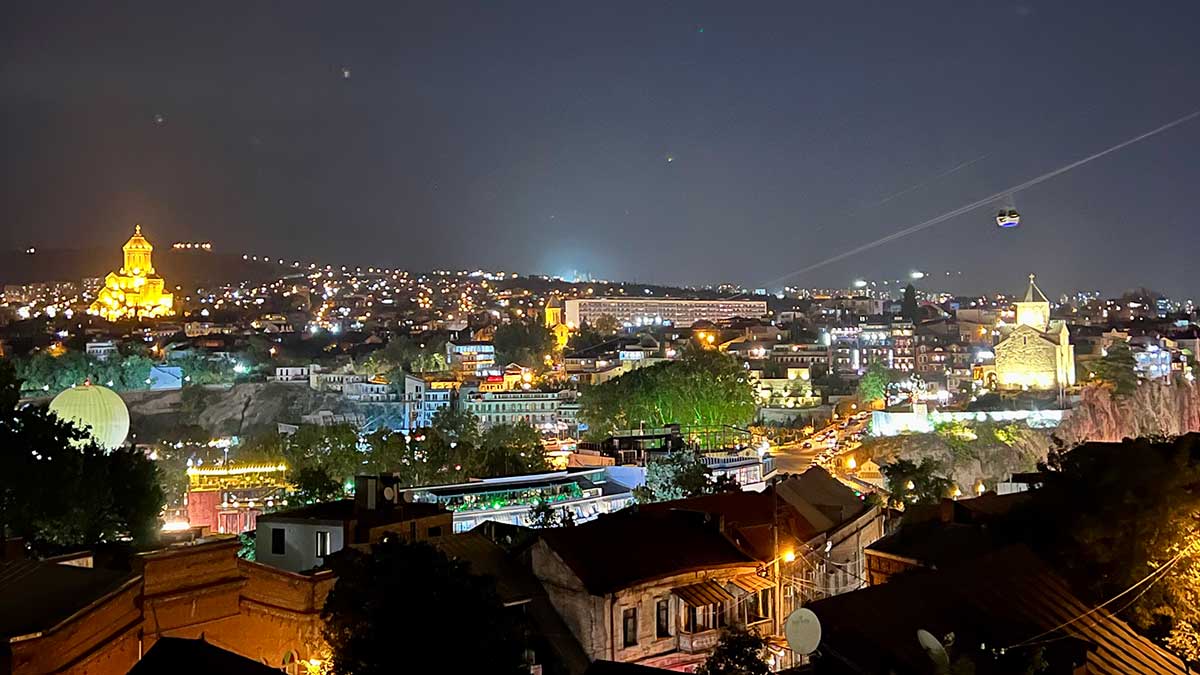
Global July 27, 2023 - By
Rich in history, the Georgian capital is a welcoming and rewarding city to visit.
According to legend, Tbilisi was first founded in the mid-5th century by King Vakhtang Gorgasali, who encountered numerous hot springs while hunting in the area and was so impressed by them he decreed that a new city be built on the site.
During its long history, the city saw numerous conquests and survived centuries-long occupations and devastating invasions. From the late 6th century to the end of the 11th century, the city was conquered and sacked by a parade of invaders: Persians, Byzantines, Arabs, Khazars, and Seljuk Turks all fought for the beleaguered capital.
Finally in 1122, the Georgians rallied under the leadership of King David the Builder, retaking Tbilisi and igniting a new golden age.
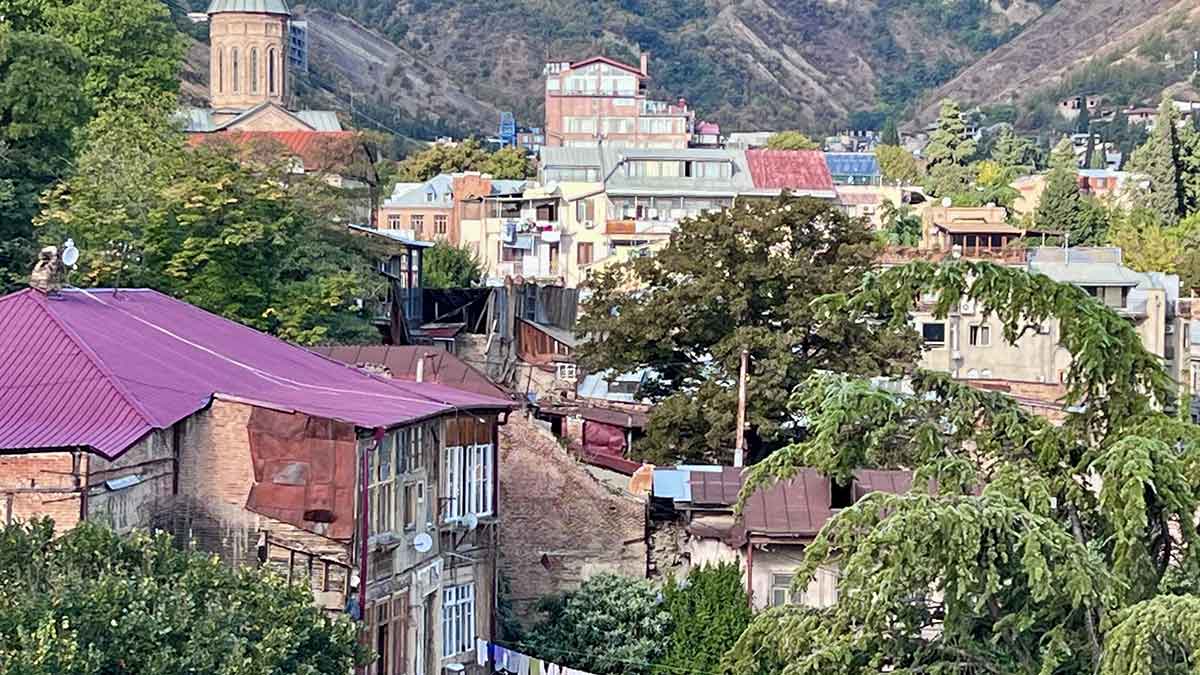
The growth of Tbilisi
For the next century, under the rule of King David and his successor Queen Tamar, Tbilisi grew rapidly, with the benevolent rulers constructing buildings, roads, and other magnificent public works, remnants of which can still be seen today in landmarks. Science and the arts also flourished in this period, and Tbilisi began to gain a reputation as a great city even beyond the Caucasus.
This golden age ended abruptly in the 13th century with the arrival of the Mongols. The city was devastated. Under the 1783 treaty of Georgievsk, Russia promised to protect Georgian autonomy, but Tsar Paul I instead annexed the land in 1800.
In the 19th century, the city fell under the control of the Russian Empire and soon after, along with the whole of Georgia, was annexed into the Soviet Union. Around this time the city’s resurrection began with vigorous reconstruction efforts. Today, Tbilisi is counted among the most attractive, remarkable cities in the region.
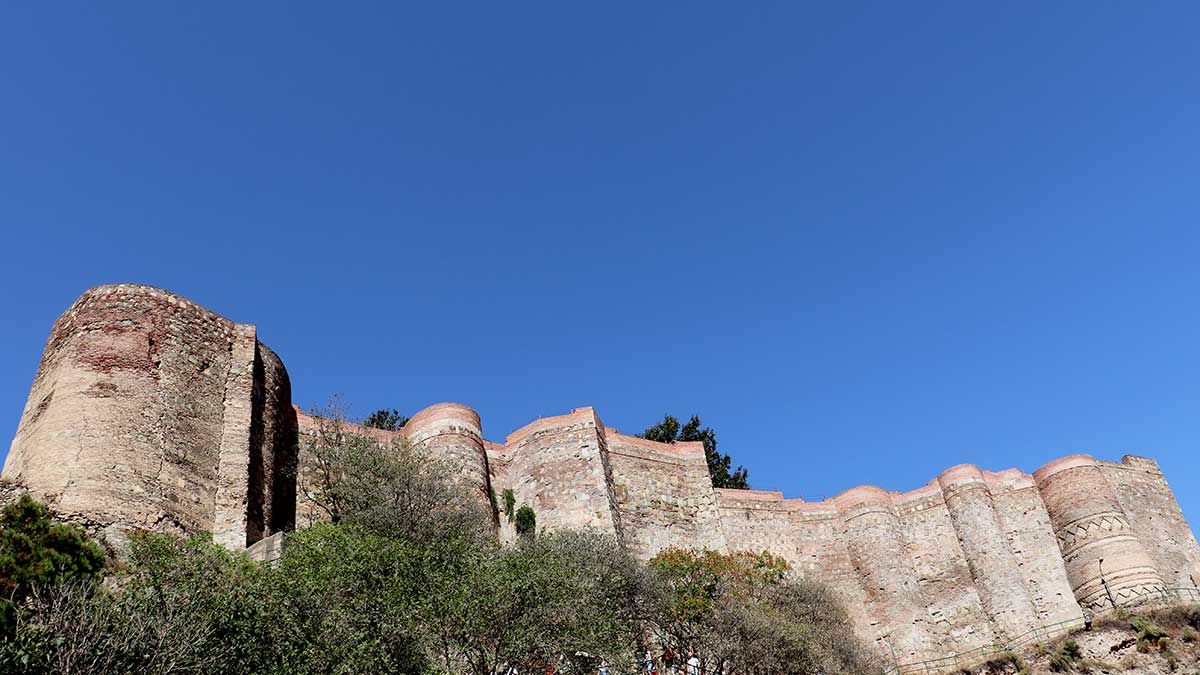
These narrow streets
Tbilisi is an architectural gem, and the best way you can visit it is climbing the narrow streets of the Old Town. Walking uphill to Narikala Fortress, you will be willing to stop by colorful traditional houses with ornate wooden balconies.
Gallery 27 is one of them, an eye-catching house with impressive carvings and a staircase entrance decorated with colored stained-glass windows. The ancient fortress, which overlooks Tbilisi, offers a dramatic view. It consists of two walled sections on a steep hill between the botanical gardens and the sulfur baths.
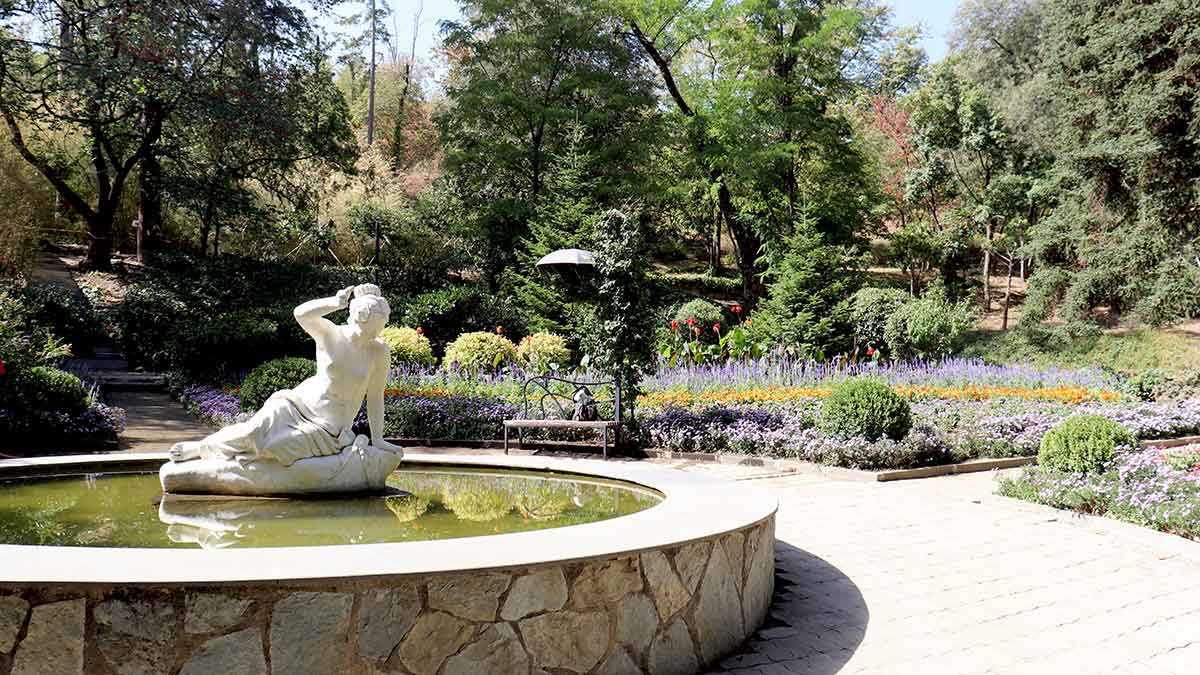
Embark on a 1,500-meter trail that begins from the top of the ridge near the Mother Georgia statue and stops at the Botanical Gardens. Sprawling across 161 hectares, they are a centuries-old gardens hosting over 4,000 types of plants both indigenous and from around the world, plus pavilions, shady alleys, a few waterfalls, and bridges -- all for the comfort of visitors.
Sulfur baths of Old Tbilisi
At the foot of the city, warm water enriched with minerals from deep underground is used inside the dome-shaped sulfur baths of Old Tbilisi. With its splendidly tiled mosque-like facade, Chreli-Abano (sometimes called Orbeliani Baths) is without a doubt the most iconic bathhouse in the city.
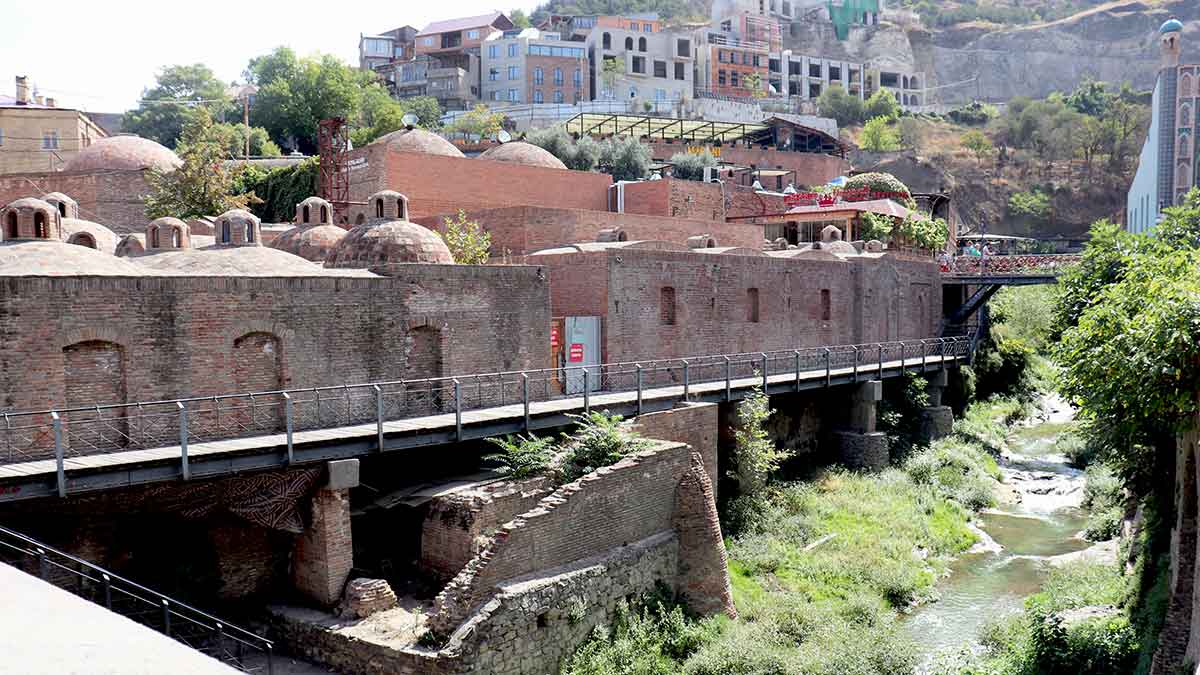
A five-minute walk from the Sulfur Baths, there is Meidan Bazar. From the unusual underground tunnel bazaar, it is possible to discover and shop for Georgian handicrafts, traditional food, and many more souvenirs.
If you are good at bargaining, try the daily Dry Bridge Flea Market, especially if you love old and antique items. A huge assortment of jewelry, vinyl records, books, old cameras, maps, clothing, and so much more is carefully laid out on the ground in the park.
The clock tower
Another nice spot is the fairytale-like leaning clock tower of Tbilisi. Tucked away in a side street of the old town, Revaz Gabriadze built this stunning clock tower, completely decorated with tiles, next to the Puppet Theater. Every hour, an angel comes out with a small hammer to ring the bell.
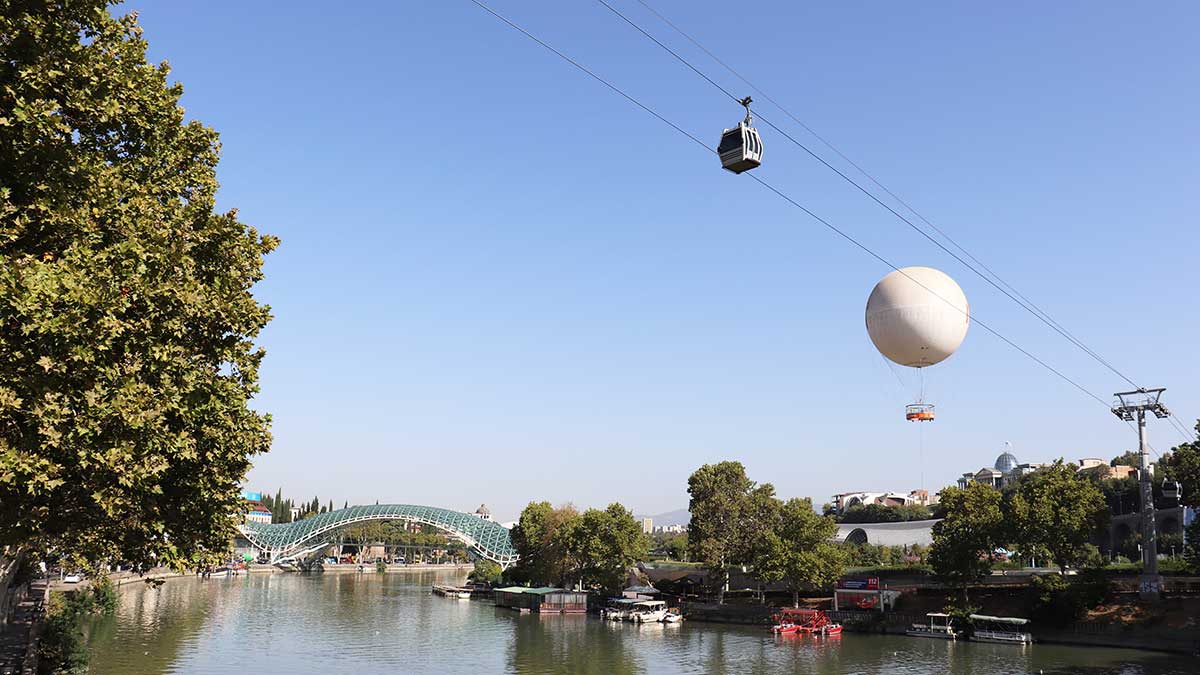
Follow the path down along the riverside and pass by the mushroom-like building Public Service Hall toward Tbilisi’s Peace Bridge. Designed by Italian architect Michele De Lucchi, the bow-shaped pedestrian bridge of steel and glass is illuminated with numerous LEDs. Spanning the Kura River, it links the Rike Park with Old Town in central Tbilisi, providing a good place to relax and enjoy the city.
Fabrika
Spend the evening at the coolest place in town: Fabrika. The large, old Soviet sewing factory was transformed into a multi-functional space that now includes the biggest hostel in the region, as well as cafes and bars, artist studios, a co-working space, and a creative industrial open courtyard where everyone can gather for a drink.
Fabrika has become a unique experience for Tbilisi from a conceptual, architectural, urban and social perspective. It’s the first attempt to create a similar development locally, which had an immediate effect on the neighborhood transforming it into a popular artistic and hipster district.
Oooooh, the food
Georgian food is notoriously moreish, and overindulging is not uncommon! One of the country icons is the khinkali, simple water-and-flour dough parcels stuffed with various meat and non-meat fillings.
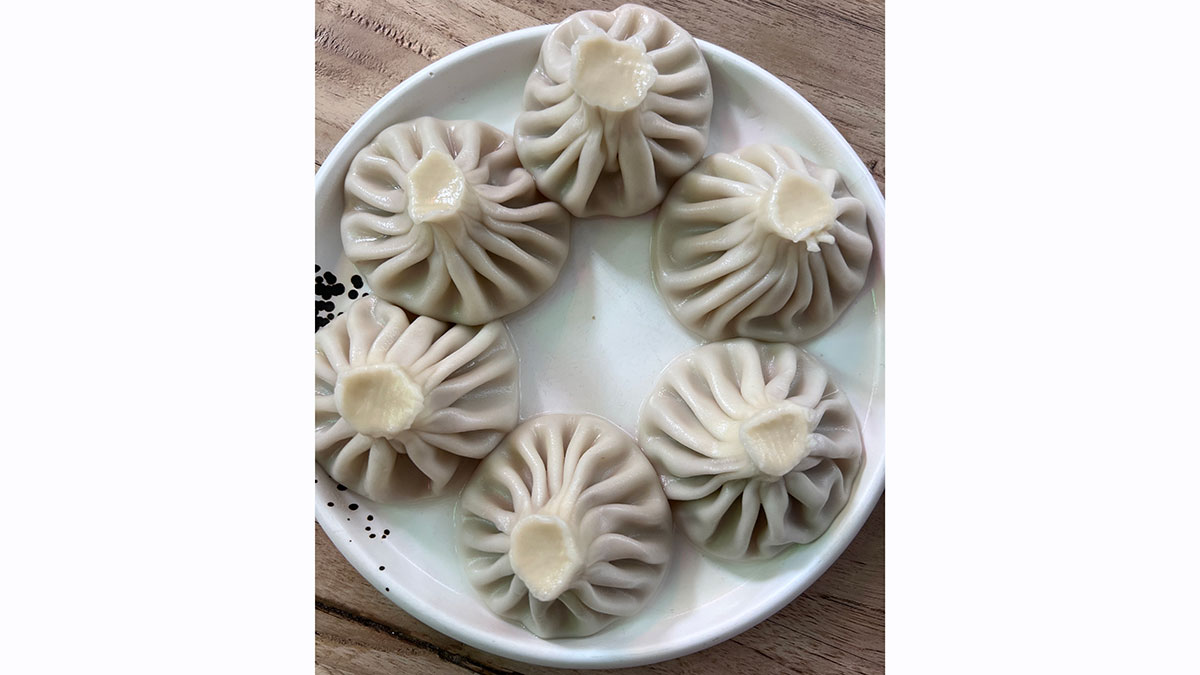
Another very common dish is Khachapuri, an open cheese pie, one of Georgia’s more creative bread dishes. In a league of its own is the extremely indulgent Adjarian khachapuri, which is a boat-shaped pie served with a raw egg yolk and a stick of butter floating in its molten cheese top.
Located relatively close to the Kingdom, Georgia deserves a visit. It will repay you with wonderful walks through the perfect symbiosis between the ancient and modern.



